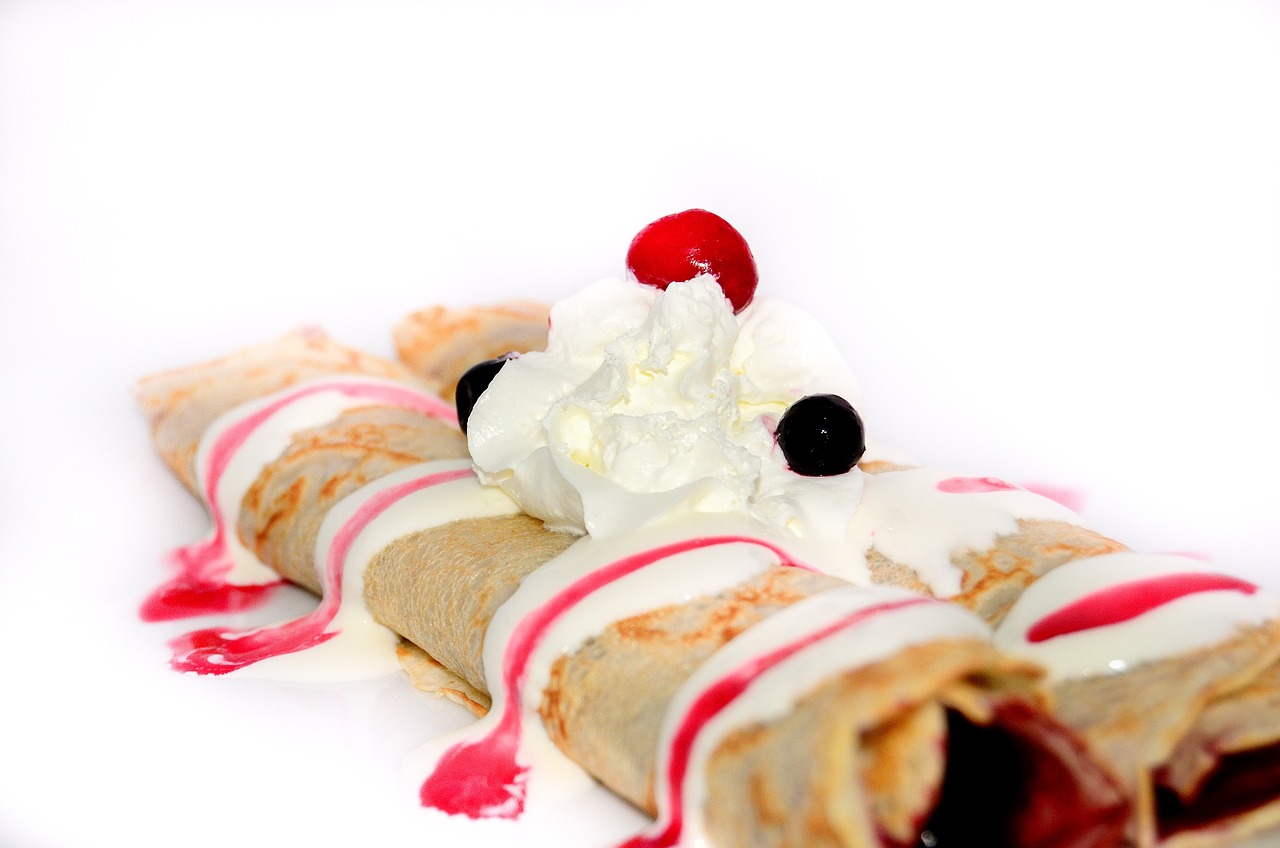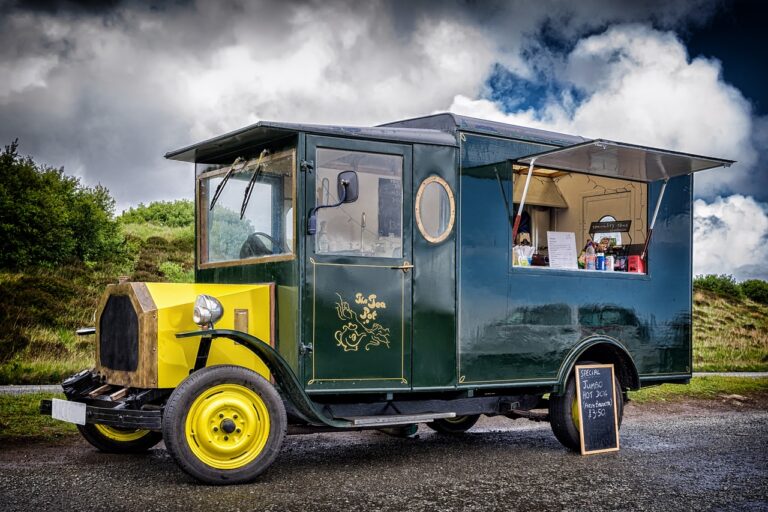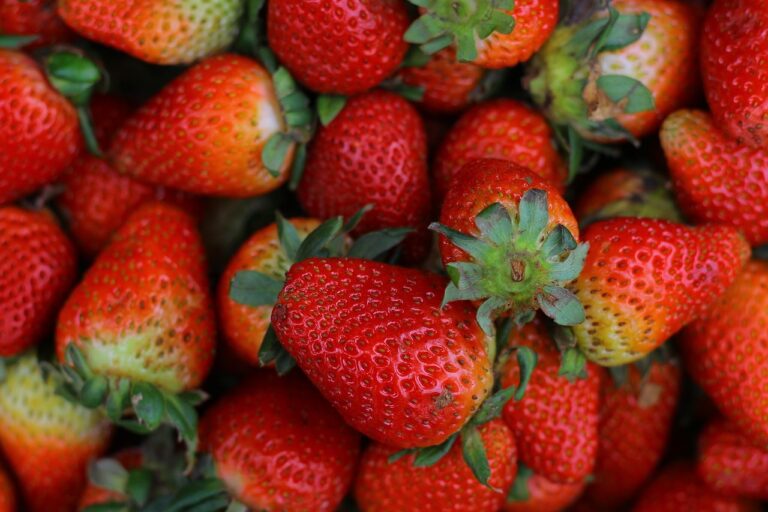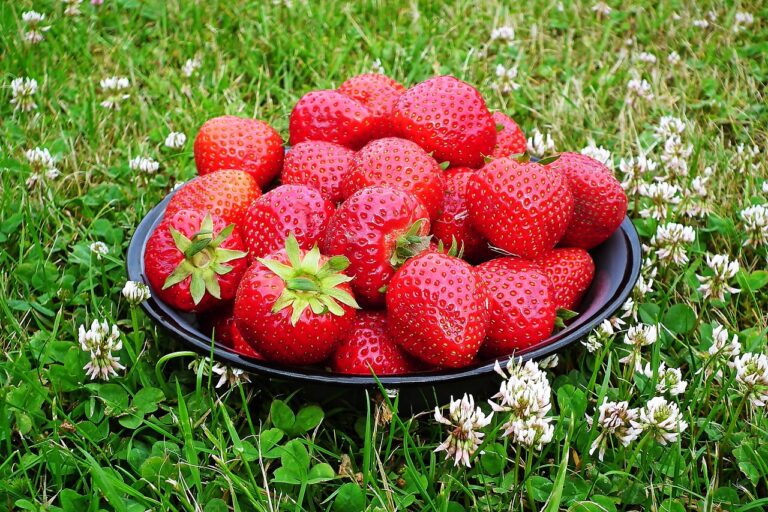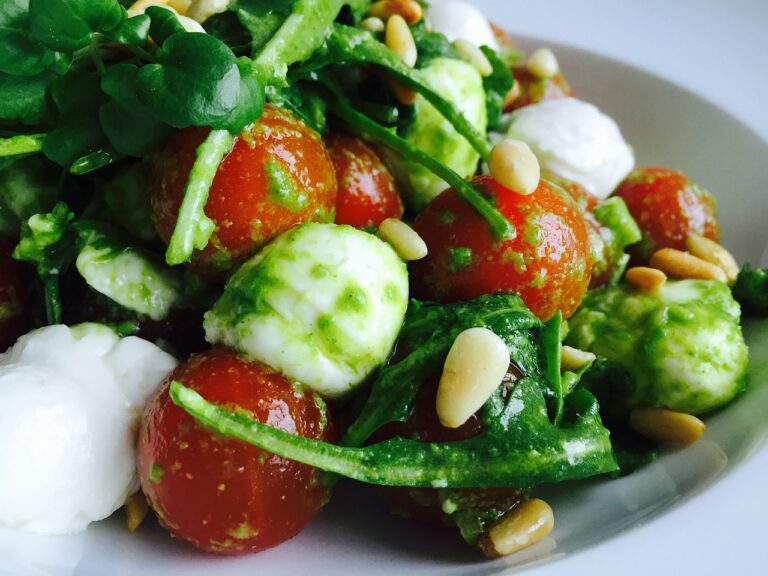The Role of Jams and Jellies in Community Gardens: Tiger exchange, Golden77, Sky 99 exch id
tiger exchange, golden77, sky 99 exch id: Community gardens have been gaining popularity in recent years as people look for ways to connect with nature, grow their own food, and build stronger communities. One often overlooked aspect of community gardens is the role that jams and jellies can play in these shared spaces.
Jams and jellies are not only delicious treats that can be enjoyed by gardeners and visitors alike, but they can also serve as a valuable way to preserve the harvest from community gardens. In this blog post, we’ll explore the many ways in which jams and jellies can enhance the gardening experience and bring communities together.
Preserving the Harvest:
One of the biggest challenges facing community gardeners is what to do with the abundance of produce that can be grown in a shared space. Jams and jellies provide a wonderful solution to this problem, allowing gardeners to preserve their harvest and enjoy the fruits of their labor throughout the year.
Whether it’s strawberries, raspberries, or even tomatoes, there are endless possibilities for creating delicious jams and jellies from the bounty of a community garden. By learning the art of preserving through canning and making jams, gardeners can make the most of their hard work and ensure that nothing goes to waste.
Sharing and Exchanging:
Another benefit of jams and jellies in community gardens is the opportunity they provide for sharing and exchanging. Gardeners can come together to swap recipes, techniques, and, of course, jars of their homemade preserves.
This sharing and exchanging of ideas can help to build a sense of camaraderie among gardeners and create a lasting bond that transcends the boundaries of the garden itself. It’s a wonderful way to connect with others who share a passion for gardening and food preservation, and can lead to lasting friendships and partnerships.
Fundraising and Community Engagement:
Jams and jellies can also play a role in community garden fundraising efforts and other community engagement activities. Gardeners can sell their preserves at local markets, fairs, and events to raise money for garden maintenance, supplies, and other needs.
In addition to fundraising, jams and jellies can also be used to engage with the broader community and raise awareness about the benefits of community gardens. By offering samples of their preserves at community events or hosting jam-making workshops, gardeners can showcase the fruits of their labor and inspire others to get involved in gardening.
Promoting Sustainability:
Finally, jams and jellies can help promote sustainability in community gardens by encouraging gardeners to make the most of their resources and reduce food waste. By preserving the harvest through canning and making jams, gardeners can extend the life of their produce and minimize the amount that goes unused or spoils.
Additionally, by growing their own fruits and vegetables for jams and jellies, gardeners can reduce their reliance on store-bought products that may have been shipped long distances or grown using chemical pesticides and fertilizers. This commitment to sustainability can help to create a healthier and more environmentally friendly community garden.
In conclusion, jams and jellies have a valuable role to play in community gardens, providing a delicious way to preserve the harvest, share and exchange with others, raise funds and engage the community, and promote sustainability. By incorporating jams and jellies into their gardening experience, community gardeners can enhance their sense of connection to the land, to each other, and to the broader community as a whole.
FAQs:
Q: Can I make jams and jellies from any type of fruit or vegetable?
A: Yes, you can make jams and jellies from a wide variety of fruits and even some vegetables. Popular choices include berries, stone fruits, citrus fruits, and even tomatoes.
Q: Do I need special equipment to make jams and jellies?
A: While it’s helpful to have basic canning equipment such as jars, lids, and a pot for water bath canning, you can also make small batches of refrigerator jams that don’t require any special equipment.
Q: How long do homemade jams and jellies last?
A: When properly sealed and stored in a cool, dark place, homemade jams and jellies can typically last for up to a year or even longer. Be sure to check for signs of spoilage before consuming.

